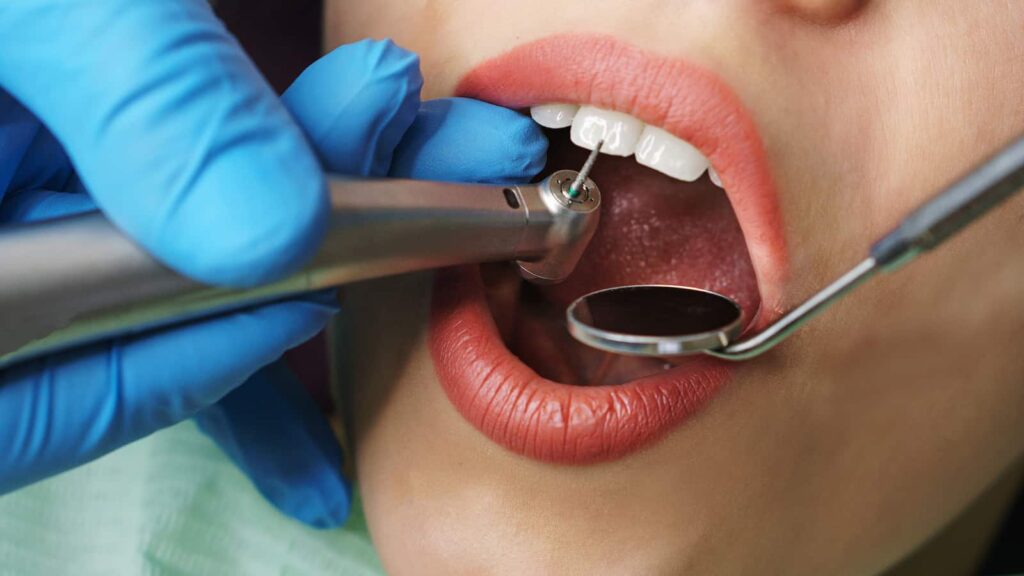Apicectomy
Apicectomy
An apicectomy is a surgical procedure in which the root-tip of a tooth is removed and the truncated root-tip is hermetically sealed with a root-filling.
An apicectomy (also known as surgical endodontics,apical surgery or peri-radicular surgery) should beconsidered only when conventional endodontic root filling(‘root canal treatment’)techniques have failed.
A conventional endodontic treatment is indicated if the dental pulp (‘nerve’) of a tooth becomes non-vital (dies) or is likely to be put at risk due to the type or size of restoration needed to repair the tooth

What are the symptoms?
During endodontic treatment, the dentist removes the dead remnants of the dental pulp and replaces it with an inert filling material which is visible on an X-ray.
Apical surgery belongs to the field of endodontic surgery, which also includes incision and drainage, closure of perforations, and root or tooth resections. The objective of apical surgery is to surgically maintain a tooth that primarily has an endodontic lesion that cannot be resolved by conventional endodontic (re-)treatment.
What to expect afterwards?
You may wish to have someone with you, especially when you leave hospital.
You may need to take time off work afterwards because you will have some discomfort and swelling for several days. We will give you advice about taking painkillers and looking after the surgical area. If your doctor prescribes antibiotics, please complete the course and follow the instructions carefully. Should there be any mild bleeding around the gums after the procedure, use the clean swab of gauze you have been given in clinic or a clean small cloth to apply firm pressure to the area for 15 minutes. Please avoid the use of tissues. Repeat as necessary. Avoid smoking as this can delay healing.
You should expect a small amount of gum recession around the apicected tooth, especially if it is a ‘cap’ or crown, and you may have a faint scar line higher up on your gum.
